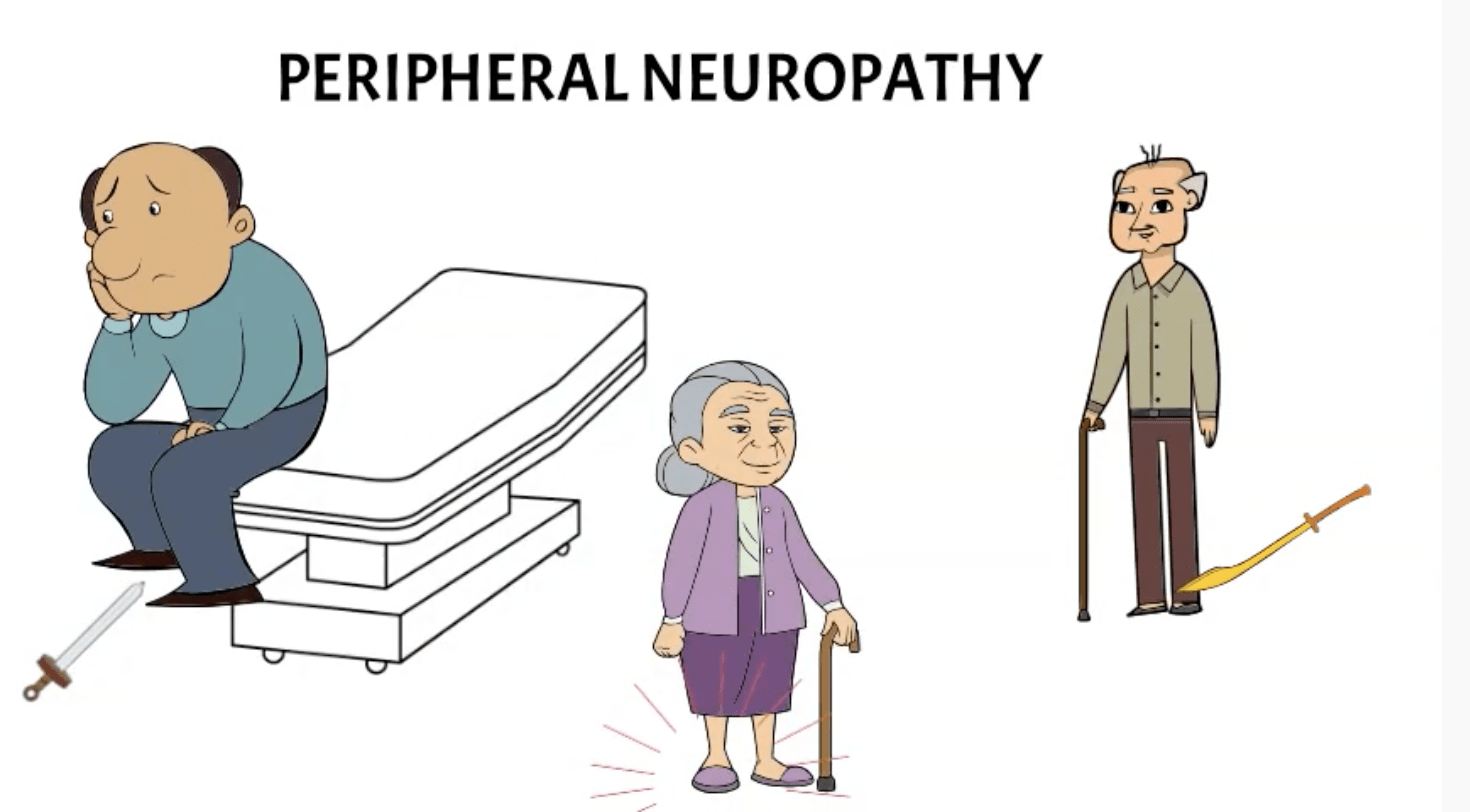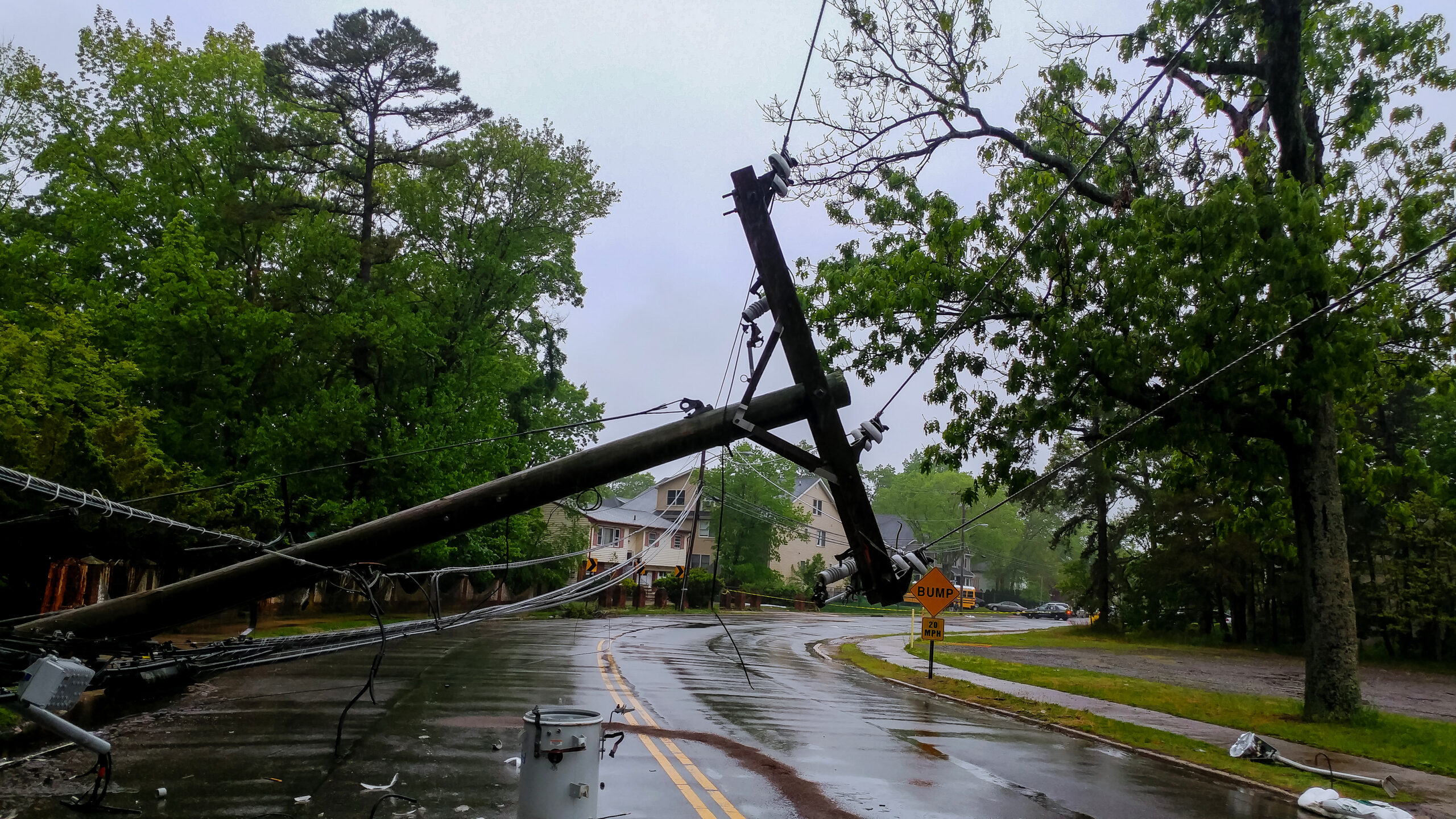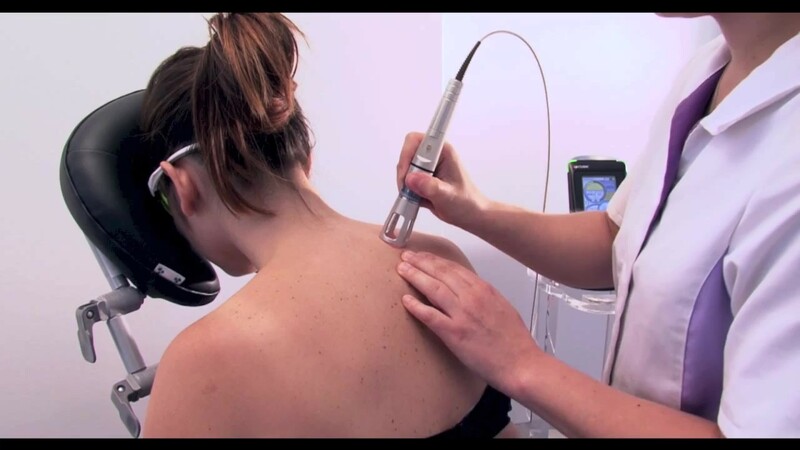Peripheral neuropathy is a common complication of diabetes, and for a significant number of diabetics this can be painful and distressing. While the process is not fully understood it occurs when very small blood vessels that supply nerves are damaged. Feet and hands are the most common location of diabetic neuropathic changes. This is because there is a high density of small nerve fibres that do not have a protective fatty covering, called the myelin sheath. These small nerve fibres are responsible for our perception of light touch, pain and temperature. As these nerves are damaged, they can become unreliable and send messages to the brain, even in the absence of stimulus. This can be experienced as pain, temperature changes or burning sensation, pins and needles or electric shocks for no reason, as the nerve itself starts to generate painful (nociceptive) or other strange sensations. Some patients have a difficult time articulating just what they are experiencing. A typical time for these painful sensations to occur is when there is less stimulation of the nerves in our feet, such as when we are going to bed and this can lead to further loss of quality of life for patients.
There are many treatment options for painful peripheral neuropathy, including numerous medications. these are aimed at reducing pain, but do not slow the deterioration of the nerves. Over the past decade, low level laser therapy has emerged as a viable treatment, which is really exciting as it does not have any systemic effects of oral medication (side effects in other parts of your body. Low level laser therapy uses a specific type of laser to create a change in the biochemistry inside the cells -this is called photobiomodualtion. There are little ‘factories’ inside every cell that make energy, called mitochondria. These “factories” are able to absorb this light and using the energy stimulate biological processes. In the case of small fibre neuropathy it increases the amount of blood flow through the very fine vessels allowing the nerves to function more correctly.
A recent systematic review by Anju et al. in 2019 looked at all of the available literature on the uses of LLLT found that patients reported less symptoms and had reduced levels of nerve dysfunction after treatment with LLLT. A similar but slightly broader study by de Andrade et al. in 2016 reported similar findings. The research in this area is still developing as it is a relatively new technology, however LLLT is emerging as an effective treatment for peripheral neuropathy.
At Spine Sport Feet clinic, our podiatrists are skilled at diagnosing peripheral neuropathy and can provide low level laser therapy for this difficult condition. If you would like to find out more, please call Spine Sport Feet clinic on 5580 5655 or click the contact button
M A, Ummer V S, Maiya AG, Hande M. Low level laser therapy for the patients with painful diabetic peripheral neuropathy – A systematic review. Diabetes Metab Syndr. 2019 Jul-Aug;13(4):2667-2670. doi: 10.1016/j.dsx.2019.07.035. Epub 2019 Jul 13. PMID: 31405692.
de Andrade AL, Bossini PS, Parizotto NA. Use of low level laser therapy to control neuropathic pain: A systematic review. J Photochem Photobiol B. 2016 Nov;164:36-42. doi: 10.1016/j.jphotobiol.2016.08.025. Epub 2016 Aug 31. PMID: 27639607.







